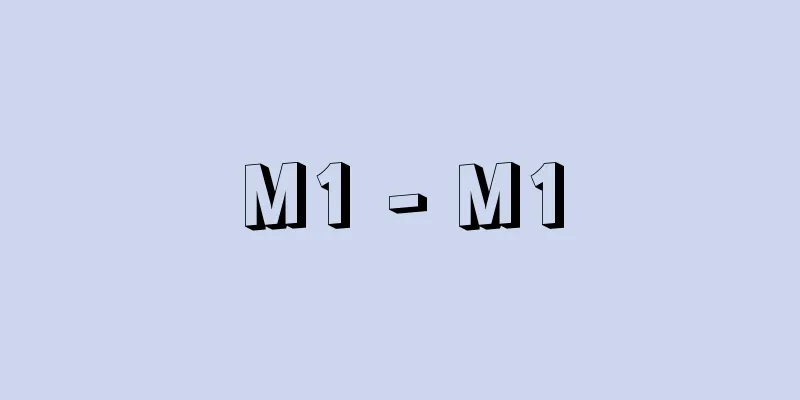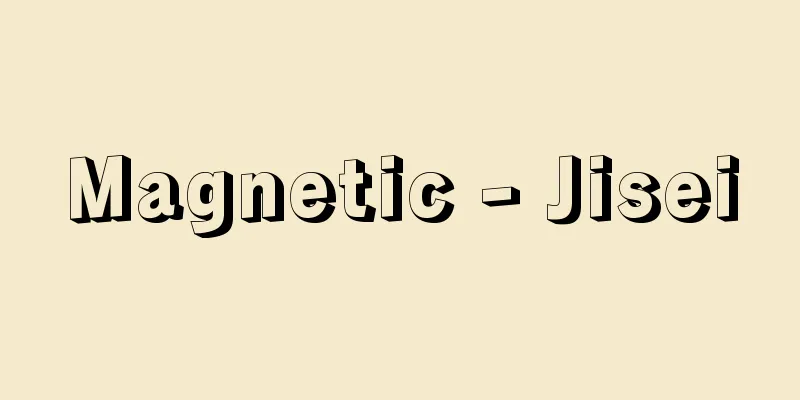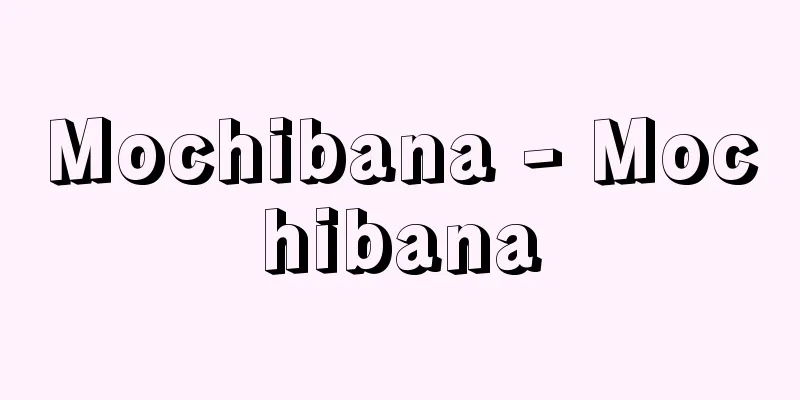M1 - M1

|
...A general term for banknotes and subsidiary currency that have legal legal force. Used as the final means of payment. Some cash currency is held by financial institutions in preparation for withdrawals of deposits, but most is held by companies and households and used to pay wages and salaries, daily consumption expenditures, and settle small transactions between companies. In Japan, this refers to Bank of Japan notes and subsidiary currency issued by the government, which are supplied mainly by the Bank of Japan through purchases of government bonds and foreign exchange. The term for cash currency is deposit currency (current account deposits, ordinary deposits, etc.), which is called so because it can be used for payments by writing checks or transferring funds from an account. From [Currency]…Currency means money in the narrow sense, but in some cases it is used synonymously with money, and there is no clear definition. Under the gold standard before World War I, gold as a commodity was the original currency, and banknotes were considered to function the same as original currency only if they were exchangeable for gold. In that case, gold was currency, and banknotes were paper notes. However, after World War I, the gold standard collapsed and the country moved to a managed currency system, and banknotes or government paper money came to take the place of original currency, and with the development of the credit transaction system, current accounts (demand deposits in a broader sense) transferred by issuing checks came to be used as a means of payment. … From [Money Supply] The currency in circulation is the amount of money held by the private sector (companies, individuals, local governments, etc.) other than financial institutions such as banks. *Some of the terminology explanations that mention "M1" are listed below. Source | Heibonsha World Encyclopedia 2nd Edition | Information |
|
…法制上,強制通用力をもつ銀行券および補助貨幣の総称。最終的な支払手段として用いられる。現金通貨は,一部は預貯金の引出しなどに備えて金融機関が保有するが,大部分は企業や家計によって保有され,賃金・給与や日々の消費支出の支払あるいは企業間の小口取引の決済などに用いられる。日本では日本銀行券と政府が発行する補助貨幣がこれにあたり,日銀がおもに国債や外国為替を買い入れることにより供給されている。現金通貨に対する用語に預金通貨(当座預金や普通預金等)があるが,これは小切手の振出しや口座振替によって支払に用いることができるので,そのように呼ぶ。… 【通貨】より…通貨とは狭い意味の貨幣を意味するが,場合によっては貨幣とまったく同義に使用されることもあり,明確な定義は存在しない。第1次大戦前の金本位制度のもとでは,商品貨幣としての金が本来の貨幣であり,銀行券は金との交換性を保持している場合にのみ本来の貨幣と同じ機能をはたすものと考えられていた。その場合には金が通貨であり,銀行券は紙券であった。ところが,第1次大戦後金本位制度が崩壊して管理通貨制度に移行したのにつれて,銀行券または政府紙幣が本来的な貨幣の地位を占めるようになり,信用取引制度の発達とともに小切手の振出しによって移転される当座預金(広義では要求払預金)が決済手段として使用されるようになってきた。… 【マネー・サプライ】より…銀行などの金融機関以外の民間部門(企業,個人,地方公共団体など)が保有する通貨をいい,通貨供給量と訳される。 ※「M₁」について言及している用語解説の一部を掲載しています。 出典|株式会社平凡社世界大百科事典 第2版について | 情報 |
<<: ME Treatment - ME Treatment
Recommend
Festoon (English spelling)
A type of decorative pattern. A floral rope made o...
Nonaligned Summit Conference
It is also called the Summit of Non-Aligned Count...
Venus - Venus (English spelling)
The Greek goddess Aphrodite was identified with t...
Kinetography Laban
...Furthermore, instead of just dividing the body...
Duel - Kettou
A duel is a fight that is fought by mutual consen...
Berlin Conference
An international conference was held in Berlin fr...
Ardeotis kori (English spelling)
…Their habits are generally similar to those of t...
Photios - Photios (English spelling)
Patriarch of Constantinople, who was in conflict w...
Pilgrim Fathers
The English Separatist Puritans came to New Englan...
Emperor Chongzhen
The 17th emperor of the Ming Dynasty, China (reig...
Hemerocallis dumortierii (English spelling) Hemerocallisdumortierii
… [Mitsuru Hotta]... *Some of the terminology tha...
Urabure - Urabure
...If an exile committed a bad act, he or she wou...
Mount Taradake - Taradake
The main peak of the Tara volcanic group that str...
Uwajima Domain
This was a Tozama domain that ruled the Uwa Distr...
collection
An event where haute couture and ready-to-wear des...









